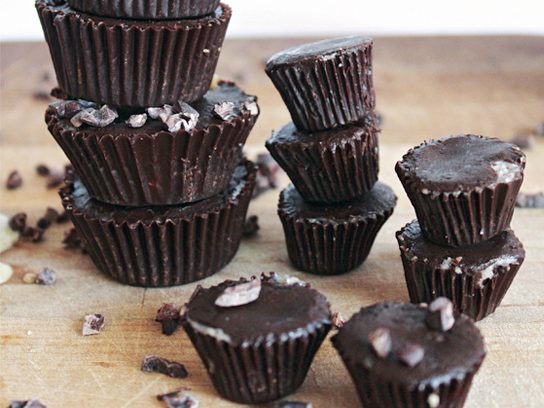Upper back exercises fall into three general categories: pulldowns and pull-ups, rows, and pullovers. For the most complete upper back workout, perform at least one exercise from each category, although you needn't do all these exercises in the same workout.
- Pulldowns and pull-ups: With a pulldown, you grab a bar attached to an overhead pulley and pull it down; with a pull-up, you grasp a bar above you and pull yourself up. If you exercise at home, use an exercise band to mimic the pulley machine and do the band lat pulldown. Pulldowns and pull-ups are grouped in one category because they work your back in the same way. Both types of exercises involve your lats, traps, and rhomboids, but they also rely heavily on your biceps, shoulders, and chest muscles.
If you're looking to develop a broader back and improve your posture, emphasize pulldowns and pull-ups. For example, you can do a pulldown with a band.
Rows: Rowing exercises are similar to the motion of rowing a boat (Amazed insight, right?). You may perform rows with a barbell or dumbbell, a set of machine handles, a bar attached to a low cable pulley, or an exercise band. Rowing exercises use the same muscles as pulldowns and pull-ups except that they don't involve your chest. Rows are particularly helpful if you want to find out how to sit up straighter (to perform a row correctly on a machine, you have to sit up tall).
- Pullovers: When you do a pullover, your arms move up and down in an arc, like when you pull an ax overhead to chop wood. Pullovers rely mainly on your lats, but they also call upon your chest, shoulder, and abdominal muscles. Like the other upper back exercises, pullovers help with posture. A pullover is an ideal transition exercise from a back workout to a chest workout. In other words, use a pullover as the last exercise of your back workout and as a prelude to your chest exercises because your chest will be warmed up.
Whether you're performing pulldowns, pull-ups, rows, or pullovers, remind yourself that these exercises first and foremost strengthen your back muscles, not your arms. Think of your arms merely as a link between the bar and your back muscles, which should do the bulk of the work. Concentrate on originating each exercise from the outer edges of your back. This bit of advice may be difficult to relate to at first, but as you get stronger and more sophisticated, your body awareness improves and you know exactly where you should feel each exercise.
Follow these tips to avoid injury when training your upper back:
- Don't rock back and forth or wiggle around. In an effort to pull the weight toward them, many people squirm around to build up momentum, but that's the last thing you want; instead, rely on your own muscle power. If you find yourself shifting around in order to lift and lower the weight, drop down a few plates.
- Don't lean too far back. You may be able to lift more weight when you lean way back, but that's because you have better leverage and you're using your body weight to cheat, not because your back muscles get a better workout. A more upright posture ensures that your back muscles are in the prime position to do maximum work. Any time you pull something toward you, slide your shoulders down, squeeze your shoulder blades together, and sit up tall. With pulldowns, you can lean back ever so slightly, but for rows you need to be sitting as tall as you do when your flight attendant demands that you return your seat back to its full upright position with your seat belt fastened and tray table locked.
- Don't pull a bar down behind your neck. There are endless variations of the pulldown exercise, but one now frowned on by many exercise experts is the behind-the-neck pulldown. Critics of this exercise say that your arms twist so far back that your upper arm bones get jammed into your shoulder sockets, which could overstretch your ligaments and strain those delicate rotator cuff muscles. Unless you're a rock climber, an avid rower, or a swimmer who favors the butterfly stroke, front pulldowns will suffice.
CHECK OUT: www.supermorgy.com
